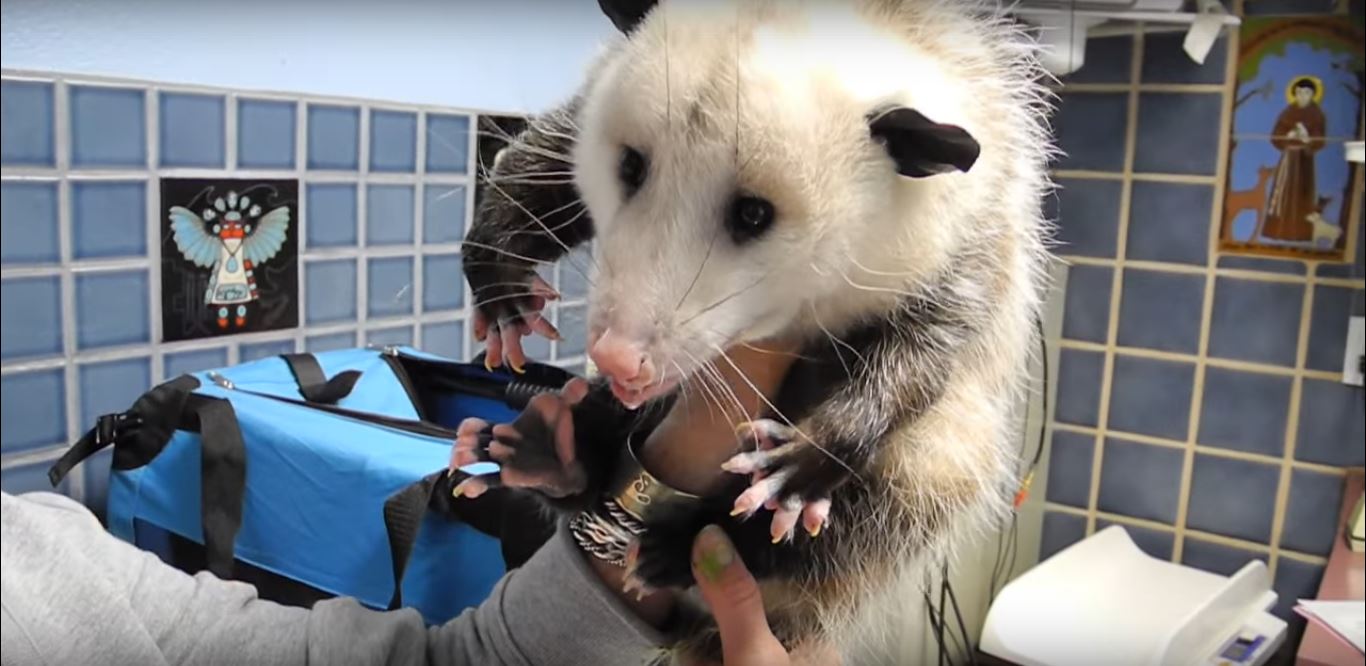How to Identify Opossum Tracks
The Denver opossums are known to be marsupials. They do have a pouch that they use in carrying
the young children. The female is known as jill while the young is called joey. The head
has a small and primitive brain with a narrow muzzle that ends in the pink nose with the
jaws that have 50 teeth. The front feet do have the five clawed toes while the hind feet
do have four clawed toes with the thumb that it is opposable. The prehensile, naked and
grasping tail is used while climbing. They do give birth in the spring and in the
summer.

The young, when it leaves the pouch, it will start to ride on the back of its mother. The Denver opossum
do live a secretive and a solitary life and they wander from the dust to the down while looking for
the food and then they spend the time sleeping in hollow log or in the brush pile. When they are
threatened, the opossums may growl, climb the tree, bite or they may hiss. Sometime they feign
death.
The Denver opossums have five bulbous toes at the front food and they are splayed out as if they are the rays
of the sun and they have equal length. The rear track comes with the four fingers with the thumb which
is opposing and it points towards a body. The thumb is too apparent. When it comes to talk about wild
animals, we all feel scared of having them at our doorstep even. There is no question of getting them
entered in homes. Nobody likes to keep the dangerous Colorado animals in homes as pets. To get rid of the animals,
we can adopt many ways. The way we adopt depends on the animal we found in our home unluckily.
For the right and the left side, the track has free space and this is found between the first, second
and third digit compared to the third, fourth or fifth digit. For the gait, it can be a slow walk or a
trot that have a stride that can be around 9 inch. However, this can register in a track indirectly.
The Denver opossums are round in the urban backyards, croplands, woodlands or shrublands. They are omnivores and
they eat many things including eggs, birds, mammals, snakes, frogs and crayfish. Tracking the animals may
also involve looking for the trails, scent marking, beds, feeding sign, scat and tracks. This will involve
knowing what the Colorado animals did and where they have gone.
Visit our Denver animal removal home page to learn more about us.

